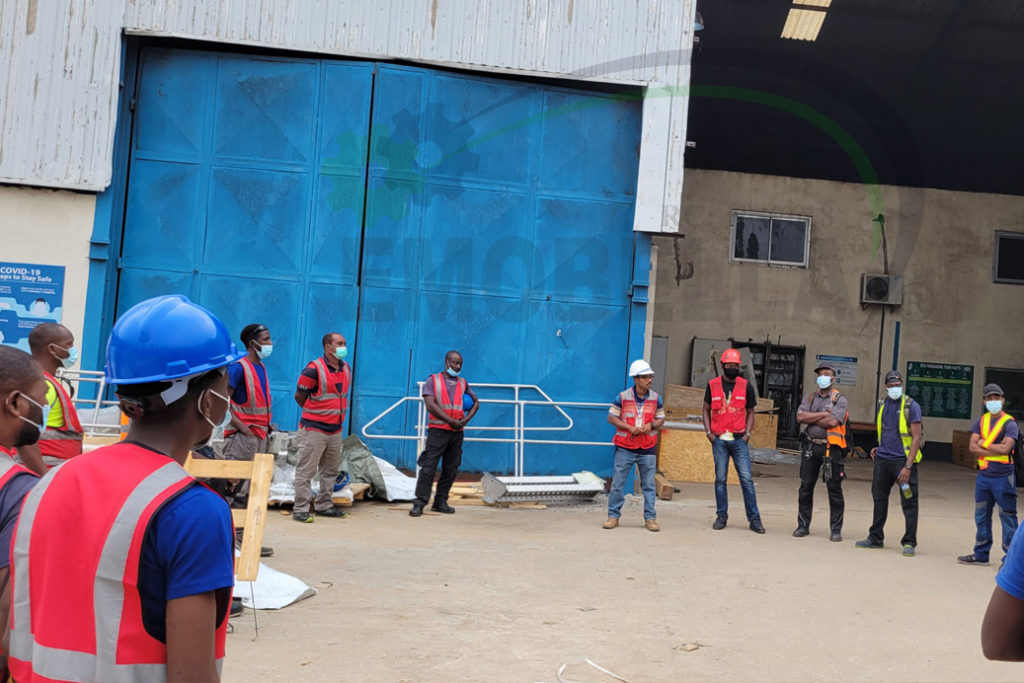
Q1: How often should we conduct NDT inspections on our equipment?
Inspection frequency depends on several factors: equipment criticality, operating conditions, regulatory requirements, manufacturer recommendations, and historical performance. High-risk equipment like pressure vessels might require annual or even semi-annual inspection, while less critical components might be on longer cycles. At Emobella Engineering, we perform risk-based assessments to develop customized inspection schedules that balance safety, compliance, and operational efficiency.
Q2: Can NDT detect all types of defects?
While NDT is incredibly powerful, no single method detects every possible defect type. That’s why comprehensive inspection programs often use multiple complementary techniques. For example, liquid penetrant testing excels at surface cracks but won’t find internal voids that radiographic or ultrasonic testing would reveal. Emobella Engineering’s multi-method approach ensures we’re applying the right techniques to find the defects that matter most to your specific equipment and operating conditions.
Q3: What qualifications should NDT technicians have?
Reputable NDT technicians should hold certifications relevant to their inspection methods, typically following standards like ASNT SNT-TC-1A, ISO 9712, or equivalent. Certification levels (Level I, II, or III) indicate experience and responsibility levels. At Emobella Engineering, all our technicians maintain current certifications and undergo regular training to stay current with evolving standards and technologies.
Q4: How does NDT compare in cost to traditional destructive testing?
While NDT might have higher upfront costs per test compared to simple destructive testing, the overall economics strongly favour NDT. Destructive testing requires sacrificial samples—you’re literally destroying product to verify quality. NDT inspects the actual components that will go into service, eliminating waste. More importantly, NDT allows in-service inspection of operational equipment, catching problems before they cause expensive failures.
Q5: Can NDT be performed while the equipment is in operation?
Some NDT methods can be applied to operating equipment, while others require a shutdown. For example, certain ultrasonic testing techniques work on pressurized systems, and infrared thermography specifically requires equipment to be operating. However, internal visual inspection and many other techniques require equipment to be taken out of service. At Emobella Engineering, we work with clients to schedule inspections that minimize operational disruption while maintaining safety and thoroughness.
Take Action Today: Protect Your Assets with Professional NDT Services
Don’t wait for equipment failure to remind you of the importance of regular inspections. Whether you’re operating pipelines, managing pressure vessels, fabricating critical components, or maintaining industrial infrastructure, Non-Destructive Testing isn’t optional it’s essential.
Your Next Steps:
📞 Call Us Now
Speak directly with our NDT experts and get immediate answers to your questions.
Phone: +234 812 005 0716; +234 (01) 342 2838
Available: Monday – Friday, 8:00 AM – 5:00 PM WAT
📧 Send Us an Email
Prefer to reach out via email? Send us your inquiry and we’ll respond within 24 hours.
Email: Info@emobellaengineering.com
Include details about:
- Type of equipment needing inspection
- Your industry sectors
- Location of equipment
- Urgency level
- Any specific concerns
Learn more about our comprehensive engineering solutions:
- Non-Destructive Testing Services
- Pressure Vessel Inspection
- Safety Valve Testing & Certification
- Metal Fabrication & Welding
- All Engineering Services
📅 Schedule Your Free Consultation
Not sure which NDT method you need? Book a free 30-minute consultation with our experts. We’ll assess your needs and recommend the most appropriate testing approach for your situation.




